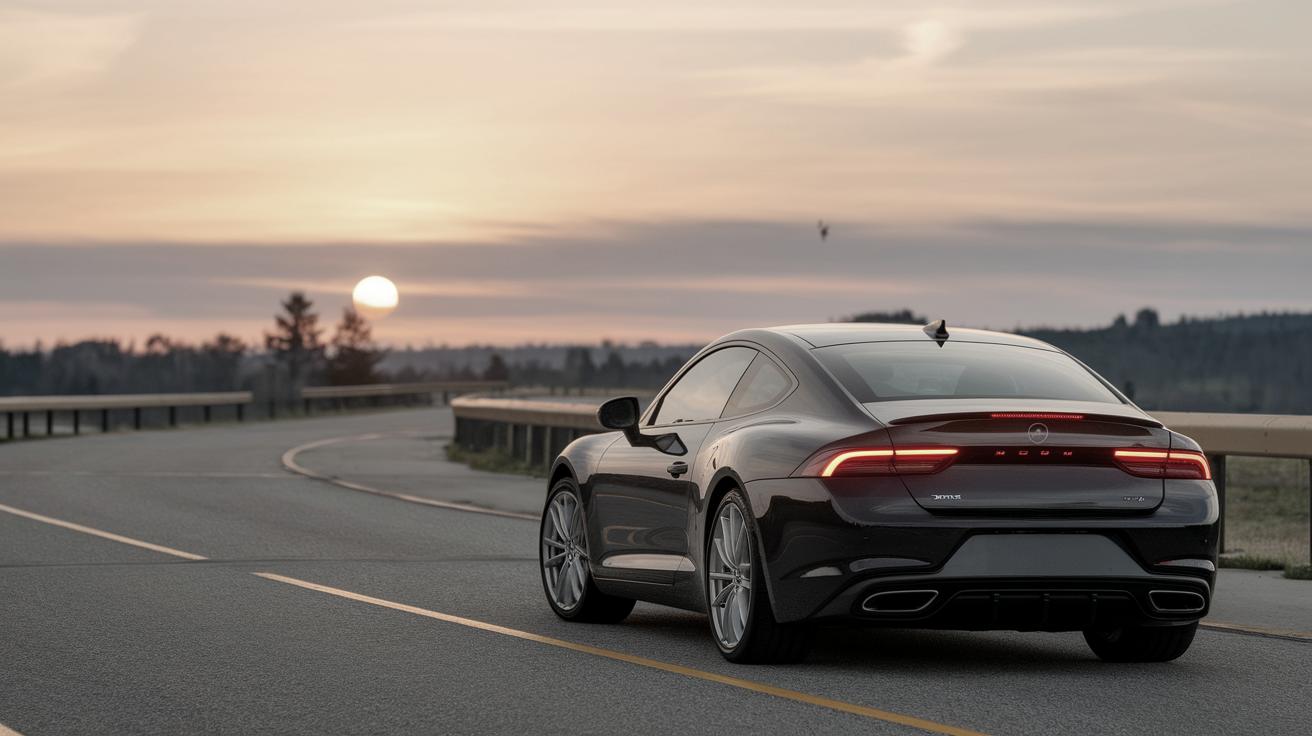How to Upgrade Your Car’s Audio System
Upgrading your car’s audio system can dramatically enhance your driving experience. Whether you’re craving richer sound, deeper bass, or a more immersive audio environment, knowing where to start can be daunting. This guide will walk you through key considerations like assessing your current system, choosing the right type and materials for speakers, and adding sound-enhancing elements like Dynamat. We will also discuss the cost implications and provide guidance on making the best choices for your audio upgrade. By the end of this post, you’ll be well-informed and ready to embark on an audio transformation journey.
How to Tell if Your Car Audio Needs an Upgrade
The first step in upgrading your car’s audio system is identifying whether your current setup needs an overhaul. Common signs include flat sound quality, lack of bass, or distortion at higher volumes. If you find yourself consistently dissatisfied with the audio output, it might be time for a change.
Consider listening to your audio system with a critical ear. Are the highs crisp, and is the bass powerful yet smooth? If your answer is no, it may be time to examine your components or consider an upgrade. Upgraded audio systems breathe new life into your music, transforming your car into a concert on wheels.
Stick with Your Current Car Speaker Style
When upgrading, it might be tempting to completely change your speaker style. However, sticking with your existing speaker type can simplify compatibility issues. If your car originally came with coaxial speakers, opting for an upgraded version of the same style might provide the seamless integration and improved sound quality you desire.
Another advantage of sticking with your current speaker style is easier installation. You won’t have to modify existing speaker mounts or wiring setups, reducing both time and labor costs. This can be a great option if you’re aiming for an efficient upgrade without needing extensive custom work.
Do You Want a Two-Way or Three-Way Car Speaker?
Deciding between two-way and three-way speakers is crucial for tailoring your audio experience. Two-way speakers typically include a woofer and tweeter, catering to mid and high frequencies. These provide a clear, balanced sound ideal for casual listeners seeking an upgrade over stock speakers.
Three-way speakers go a step further by adding an additional component, such as a mid-range driver, to handle frequencies between the woofer and tweeter ranges. This results in superior sound separation and detail, making them a preferred choice for audiophiles interested in the finest audio rendition.
Speaker Materials Matter
When upgrading your car speakers, pay attention to the materials used in their construction. The cones, surrounds, and casings all impact sound quality and longevity. For example, polypropylene cones withstand moisture well, making them a durable choice. If you’re seeking sound quality, consider woven fabric or composite cones for enhanced audio fidelity.
The material of the surrounding ring also affects responsiveness and strength. Look for durable yet flexible materials like rubber, which offers excellent sound damping and is long-lasting compared to foam alternatives. These choices will significantly impact the overall performance of your new car audio system.
Add Dynamat for Dynamite Sound
Adding Dynamat is an often-overlooked yet effective way to boost your car’s audio performance. Dynamat is a sound-deadening product that reduces road noise and vibrations, providing a less intrusive listening environment and more precise sound stage.
Installation is straightforward, and the benefits are immediately noticeable. Once applied to key areas like doors and panels, you’ll experience a reduction in unwanted noise, allowing your audio components to shine without interference. For an exceptional audio experience, combining quality speakers with Dynamat treatment is highly recommended.
How Much Does It Cost to Upgrade a Car’s Sound System?
Understanding the cost of upgrading your car’s audio system is essential to budgeting for your desired enhancements. Basic upgrades, like new speakers or a subwoofer, might cost anywhere from $100 to $500, while comprehensive overhauls with premium equipment can climb over $1,000.
Consider whether you will install the equipment yourself or hire a professional for the task. DIY installation can save on labor costs but may require more time and effort. Conversely, professional installation guarantees expert craftsmanship and possibly additional warranties, providing peace of mind through your investment.
Ready to Upgrade Your Car Audio?
Now that you’ve familiarized yourself with the components and factors involved in upgrading your car’s audio system, it’s time to take action. Assess your needs and preferences, set a budget, and determine if a DIY or professional installation best suits you.
With a range of available options and technologies, upgrading your car audio can transform your driving experience into one of sonic bliss. Delve into reviews, consult with audio specialists, and embark on your upgrade with confidence, knowing that enhanced sound quality awaits.
Leave a Comment
We’d love to hear about your audio upgrade journey. What challenges did you face, and how did you overcome them? Leave your comments below and share your experiences or ask questions!
| Steps | Considerations | Benefits |
|---|---|---|
| Identify if Upgrade Needed | Listen critically to audio quality | Ensure upgrade necessity |
| Maintain or Change Speaker Style | Speaker type compatibility | Simplified installation |
| Choose Between Two-Way or Three-Way Speakers | Preference for audio detail | Customized sound experience |
| Consider Speaker Materials | Cones and surround material | Enhanced sound quality and durability |
| Add Dynamat | Sound-deadening properties | Reduces noise, clearer sound |
| Budget for the Upgrade | DIY vs professional installation | Cost-effective, professional advice |

Leave a Reply